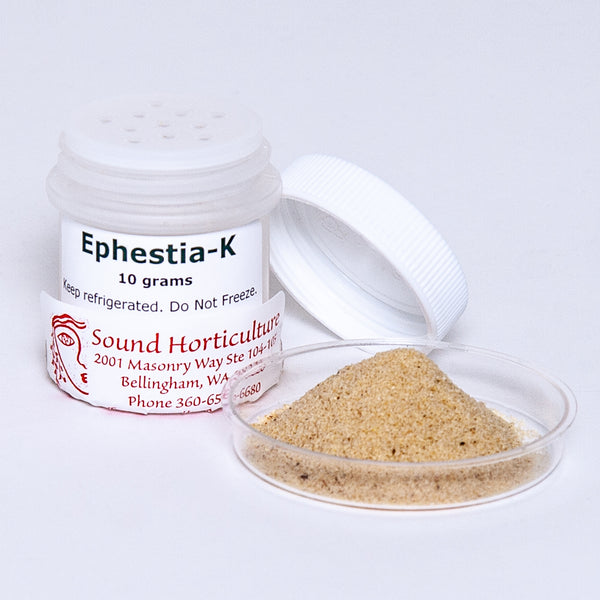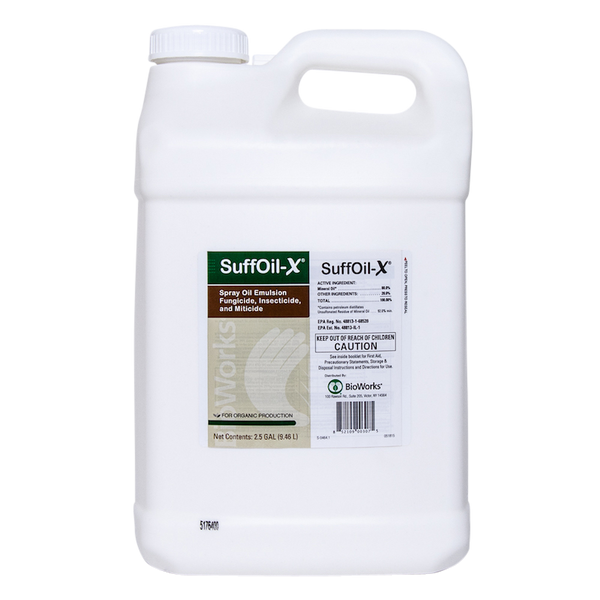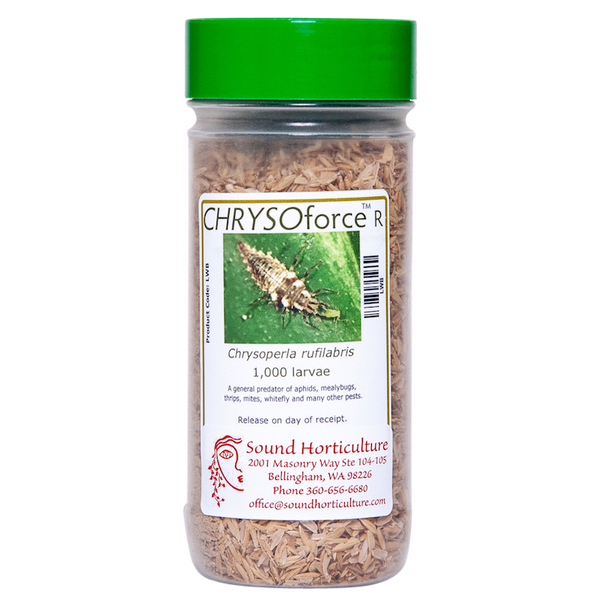Azalea Lacebug Control
Organic and natural pest control. Azalea Lacebugs are small winged insects that cause damage primarily plants in the rhododendron family. They have piercing-sucking mouthparts that cause a yellow to white stippling on the leaves which may prematurely drop from the plant. Read more on our Azalea Lacebug Tech Sheet.















